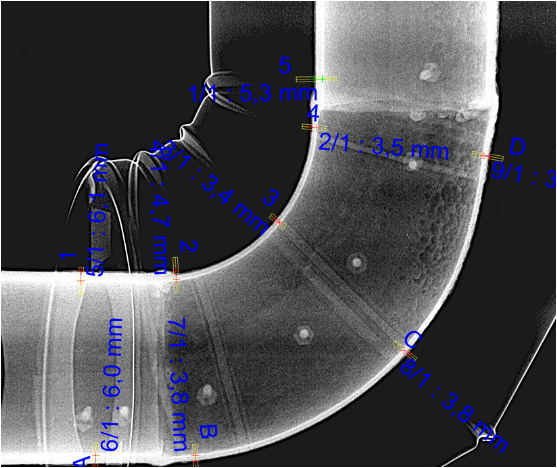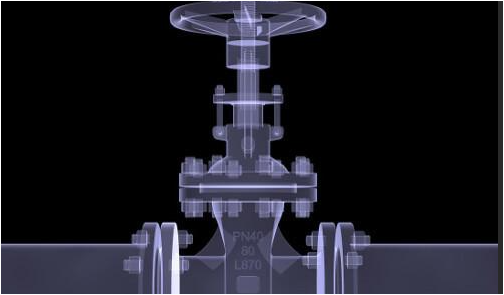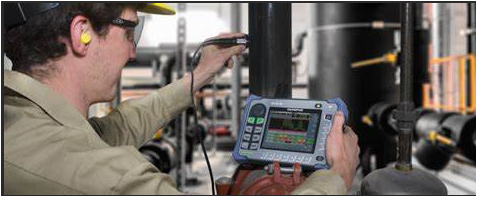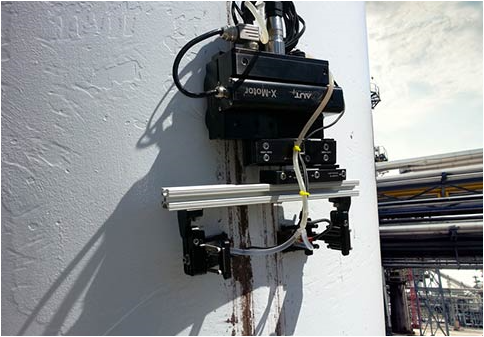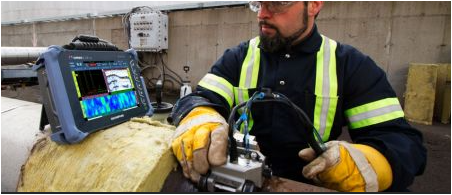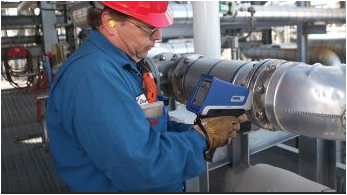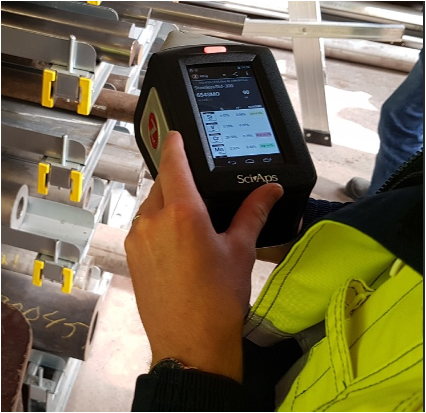Ultrasonic Testing (UT) is one of the more common non-destructive testing methods performed on materials. This method utilizes high frequency mechanical energy, i.e. sound waves, to conduct examinations and measurements on a test area.
The UT system consists of a transducer, pulsar/receiver, and display unit. A pulsar/receiver is an electronic device that can produce high voltage electrical pulses to the transducer. When driven by the pulsar, the transducer generates high frequency ultrasonic sound energy into the material in the form of sound waves. When there are discontinuities such as inclusions, porosity, cracks etc. present in the sound path, part of the mechanical energy will be reflected from the discontinuities’ (reflectors’) surface.
The reflected sound waves signal received by the transducer is then transformed back into an electrical signal and its intensity is shown on the display unit.
The sound waves travel time can be directly related to the distance that the signal has travelled. From the signal, information about reflector location, size, orientation, and other features can be determined. UT is thus defined as a volumetric method
IQS can come to your facility and provide an onsite service with immediate results. For larger parts and /or multiple parts we offer a pick-up and delivery service
Common Applications for UT
- Weld code compliance
- Material thickness such as pressure vessel, storage tank and pressure piping. Interval thickness surveys and equipment retirement forecasting
- Corrosion Evaluation
- Bolt examination

